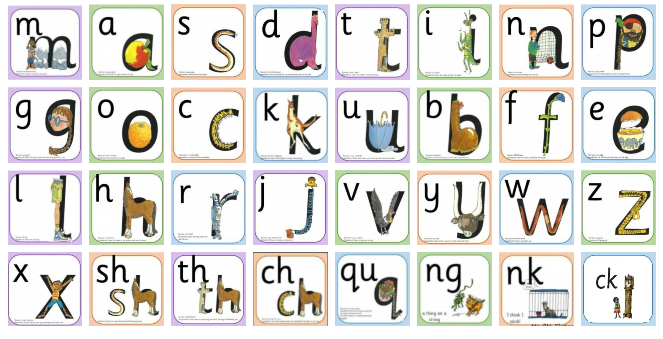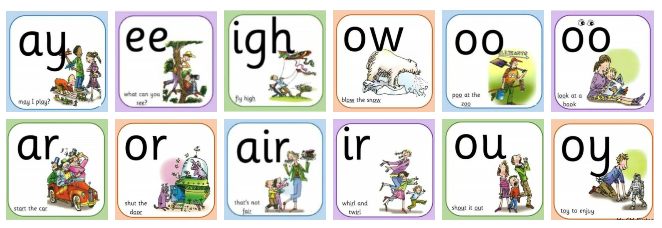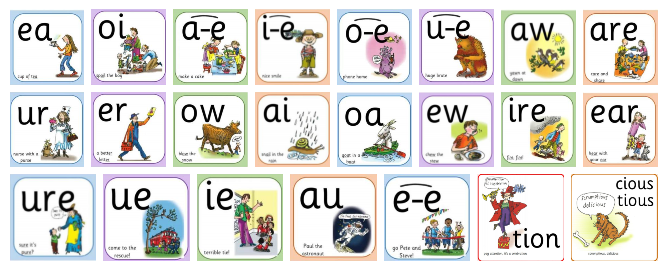RWI
READ WRITE INC
Parent video: What is Read Write Inc Phonics
How the Read Write Inc. phonics works - a parent/carer’s guide
Phonics at Llangiwg Primary School
At Llangiwg Primary school we use Read Write Inc Phonics (RWI) to give your child the best possible start with their Literacy development.
Reading at Llangiwg Primary School
At Llangiwg Primary School we aim for all our children to become fluent, confident readers who are passionate about reading. Children who read regularly or are read to regularly have the opportunity to open the doors to so many different worlds! More importantly, reading will give your child the tools to become independent life-long learners.
We can achieve this together through:
- Read Write Inc, a program to help to your child read at school
- Encouraging children to develop a love of books by reading to them daily, at home and at school
- Giving children access to a wide range of books at school and at home
What is Read Write Inc?
Read Write Inc (RWI) is a phonics complete literacy programme which helps all children learn to read fluently and at speed so they can focus on developing their skills in comprehension, vocabulary and spelling. The programme is designed for children aged 4-7. However, at Llangiwg we begin to expose children in Nursery to skills that will help them access the taught programme in Reception. We continue teaching RWI to children beyond the age of 7, as we use a stage not age approach.
RWI was developed by Ruth Miskin.
Progressing through the stages
Children in Early Years are introduced to initial sounds. Children then begin to learn how to 'read' the sound in words and how those sounds be can be written down. As children progress, they follow the same format as Early Years but will work on complex sounds and read books appropriate to their reading level. Daily sessions of RWI phonics last 30 minutes. Once children become fluent speedy readers they will move on to the RWI Spelling programme.
Five key principles underpin the teaching in all Read Write Inc. sessions:
Purpose – know the purpose of every activity and share it with the children, so they know the one thing they should be thinking about
Participation – ensure every child participates throughout the lesson. Partnership work is fundamental to learning
Praise – ensure children are praised for effort and learning, not ability
Pace – teach at an effective pace and devote every moment to teaching and learning
Passion – be passionate about teaching so children can be engaged emotionally.
Children will be taught how to read as follows:
Before you start to teach your child, practice saying the sounds. These are the sounds we use to speak in English. Children initially begin using pictures for each sound, this will help children recognise the sound and then form the shape of the sound.
Fred Talk
We use pure sounds (‘m’ not’ muh’,’s’ not ‘suh’, etc.) so that your child will be able to blend the sounds into words more easily.
At school we use a puppet called Fred who is an expert on sounding out words! we call it, ‘Fred Talk’. E.g. m-o-p, c-a-t, m-a-n, sh-o-p, b-l-a-ck.
RWI Set 1, 2 and 3
The children are taught the sounds in 3 sets.
Step 1:
Set 1 Sounds are taught in order below together with rhymes to help children form the letters correctly and instantly recognise sounds ready for blending.

At this stage we do not use the letter names
Step 2:
The children are then taught Set 2 Sounds - the long vowels.

When they are very confident with all of set 1 and 2 they are taught Set 3 Sounds.

|
|
Nonsense words (Alien words)- What 'a load' of nonsense!
As well as learning to read and blend real words children will have plenty of opportunities to apply their sound recognition skills on reading ‘Nonsense words’. These words provide endless opportunities for children to apply and practice their thinking in a range of different contexts.
Step 3:
Within all the RWI sessions/books children will be exposed to red and green words to learn to help them to become speedy readers. Red words are words that are not easily decodable and challenge words to extend children’s vocabulary. Green words are linked to the sounds they have been learning and are easily decodable.
Below is an example of a ‘Fred Game’. This technique can be used in lots of different ways to help your child listen to sounds and blend orally.
Fred Game Example Ruth Miskin
